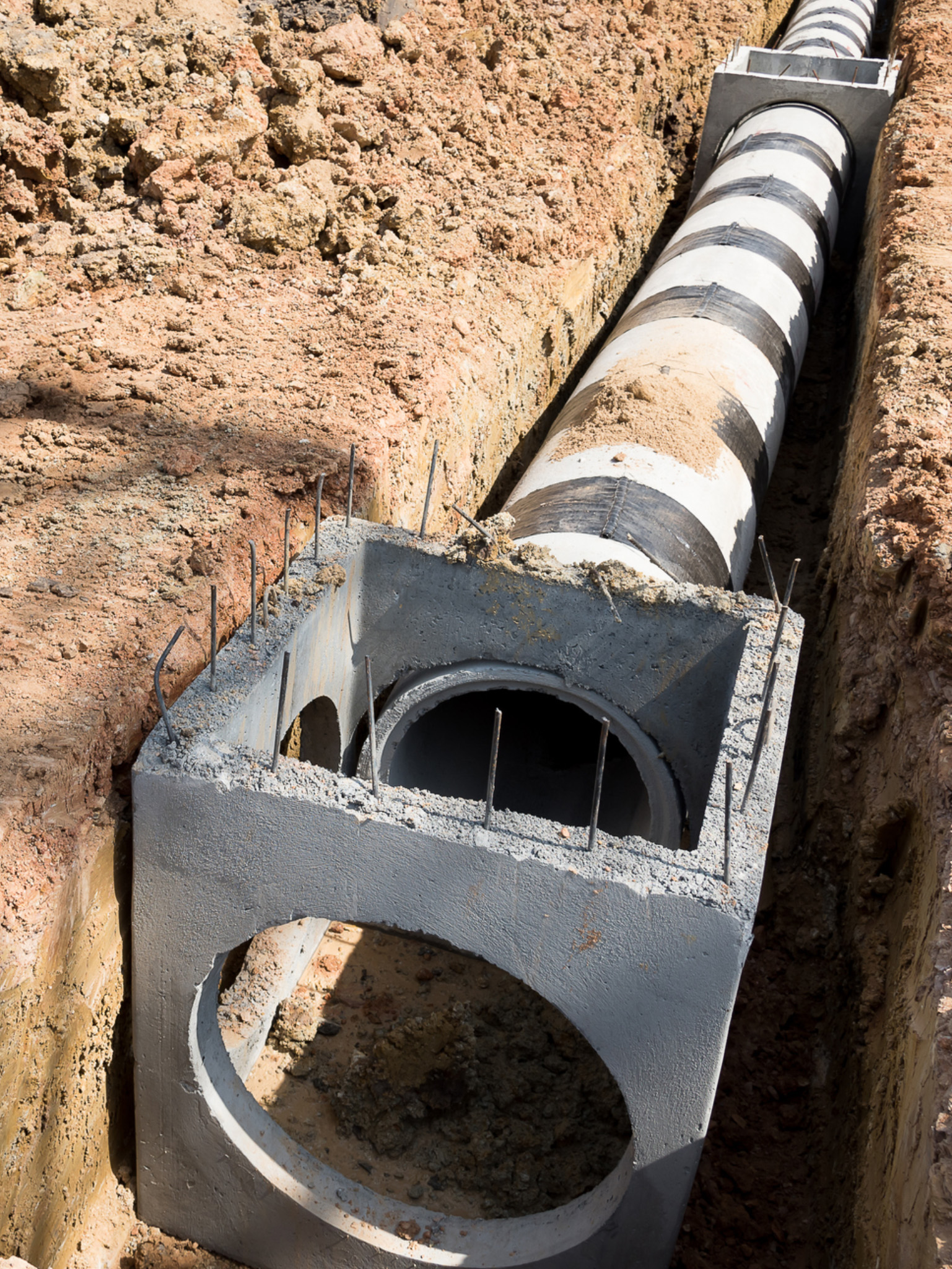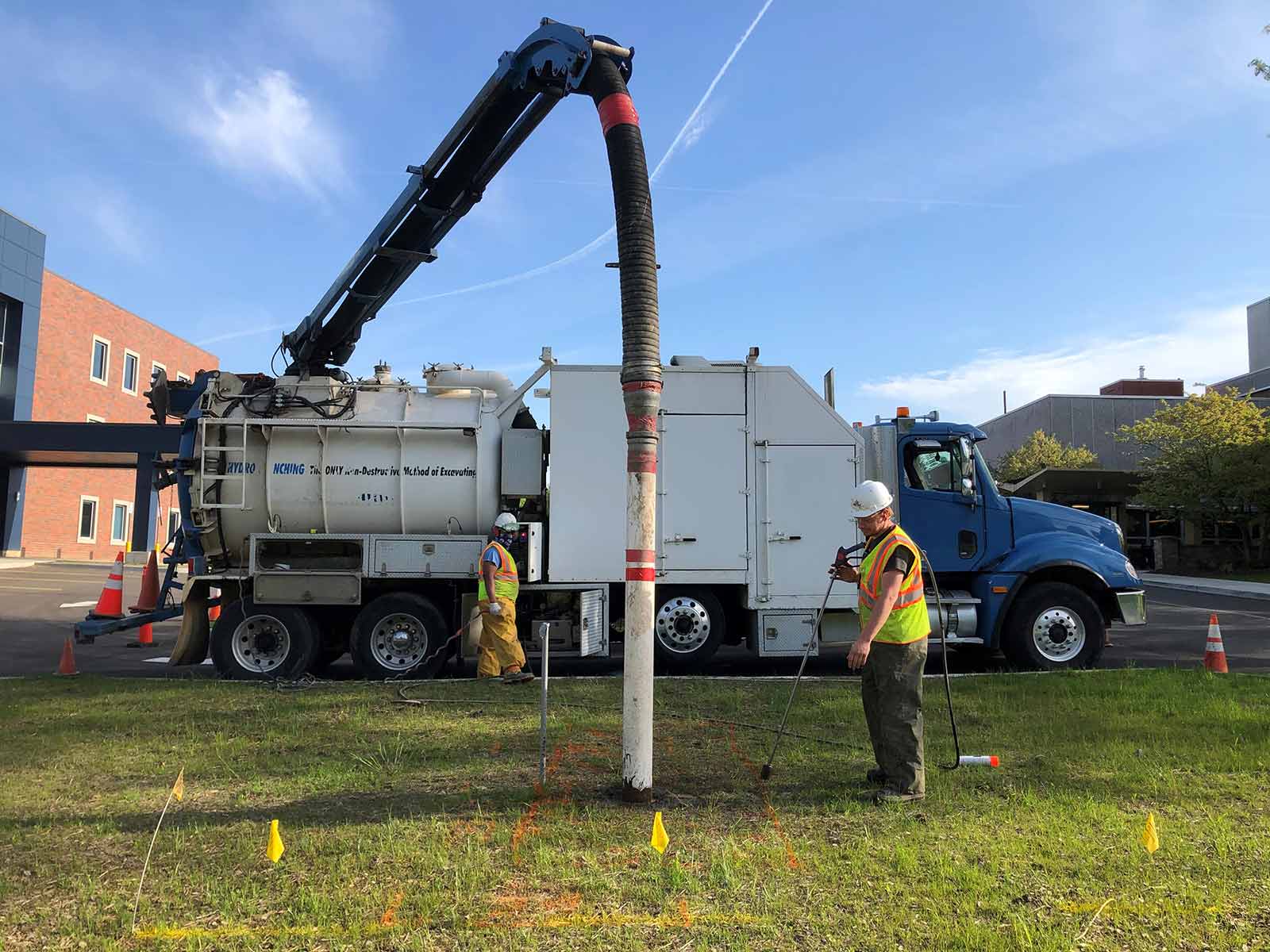Residential Excavating Ohio - Specialized Excavation for Ohio Homes
Residential Excavating Ohio - Specialized Excavation for Ohio Homes
Blog Article
Introducing the Art of Excavation: Pro Tips for Safe and Efficient Digging
As soil is transformed and planet is moved, the details of excavation reveal themselves, requiring an eager understanding of devices, dirt composition, security methods, and environmental factors to consider. The proficiency required to browse these elements successfully can suggest the difference between an effective excavation task and a potential catastrophe.
Relevance of Proper Devices
To make certain the safety and efficiency of any type of excavation task, utilizing the appropriate tools is critical. Excavation tasks vary in scope and complexity, ranging from tiny residential landscape design jobs to large construction endeavors.
These flexible devices come in various sizes to suit various task needs. Mini excavators are ideal for smaller sized tasks, while larger excavators tackle a lot more comprehensive tasks successfully.
Apart from excavators, other important devices consists of dump trucks, excavators, and trenchers. Unload trucks are essential for eliminating and delivering excavated materials, while trenchers are used for excavating deep and slim trenches. Excavators master tasks that call for pushing huge quantities of dirt or debris. By spending in the proper devices, excavation jobs can be completed safely, in a timely manner, and with precision.
Understanding Dirt Structure
An extensive understanding of dirt structure is essential for executing excavation projects with precision and safety and security. Comprehending the different types of dirt is vital as it directly influences excavation techniques, tools selection, and overall project effectiveness.
Sand particles are the largest and provide excellent water drainage yet provide little cohesion. Silt bits are smaller than sand but bigger than clay, providing modest water drainage and cohesion. Clay bits are the tiniest and offer high cohesion but bad water drainage. Organic issue, such as decomposing plant product, impacts soil fertility and security.
Before starting excavation, carrying out dirt examinations to determine its make-up and attributes is vital. This information aids in choosing the ideal devices, implementing precaution, and developing excavation approaches tailored to the details soil problems - lancaster excavation. By comprehending soil structure, excavation specialists can improve task outcomes while making certain safety and adherence to finest practices
Security Actions and Protocols
Recognizing soil structure is the keystone whereupon precaution and protocols for excavation tasks are built, ensuring the health of employees and the success of the undertaking. There are numerous key steps that need to be applied to mitigate risks and avoid mishaps. when it comes to safety and security throughout excavation.
First and foremost, before any kind of excavating starts, a comprehensive assessment of the site ought to be carried out to determine any type of prospective dangers such as below ground energies, unsteady dirt problems, or close-by structures that might position a danger. It is important to have a qualified individual manage the excavation procedure to make sure that all security procedures are followed strictly.
Moreover, all workers involved in the excavation must be properly educated in risk-free digging practices and the proper procedure of devices. By sticking to these security actions and methods, excavation jobs can be completed efficiently and without case.
Reliable Excavation Planning
When starting an excavation task, careful planning is important to ensure performance, security, and successful end results. Efficient excavation planning entails a number of key actions that are important for the smooth execution of the job. The primary step is to carry out a comprehensive website evaluation to recognize any type of potential dangers, such as underground energies or unstable dirt conditions. This details is important for creating a comprehensive excavation strategy that includes precaution and take the chance of mitigation approaches.
When the website assessment is total, the following action is to create a clear timeline and routine lancaster excavation for the excavation tasks. This consists of determining the sequence of jobs, tools requirements, and manpower allowance. Correct organizing helps prevent hold-ups and makes certain that the task stays on track.

In addition, interaction amongst all staff member is extremely important throughout the preparation stage. Clear instructions, normal updates, and efficient sychronisation are necessary for an effective excavation job. By investing effort and time in precise planning, excavation teams can significantly enhance performance, minimize threats, and attain effective results.

Taking Care Of Environmental Considerations
With boosting emphasis on ecological sustainability in building and construction methods, managing environmental factors to consider has come to be an essential element of excavation projects. Excavation tasks have the potential to affect the surrounding environment with dirt erosion, debris runoff, environment disruption, and contamination of water resources. To alleviate these threats, it is vital to implement ideal practices that prioritize ecological protection.

Additionally, proper waste monitoring is critical to avoid dirt and water contamination. Applying treatments for the disposal of harmful materials, recycling of waste materials, and minimizing making use of harmful chemicals can significantly reduce the ecological effect of excavation jobs. By integrating these practices right into excavation planning and execution, building and construction firms can make sure that their jobs are not only secure and efficient but also eco accountable.
Conclusion
Finally, grasping the art of excavation requires a thorough understanding of correct devices, soil make-up, precaution, and reliable planning. By adhering to these guidelines and considering ecological elements, excavations can be performed safely and successfully. It is vital to prioritize safety and security and productivity in every excavating job to make certain successful end results.
As soil is transformed and earth is relocated, the intricacies of excavation disclose themselves, demanding a keen understanding of tools, soil composition, safety and security methods, and environmental factors to consider.To ensure the safety and security and efficiency of any type of excavation task, making use of the appropriate devices is paramount.A comprehensive grasp of dirt composition is fundamental for carrying out excavation projects with accuracy and safety. Understanding the various kinds of dirt is important as it straight impacts excavation techniques, tools selection, and total project effectiveness. By recognizing dirt composition, excavation experts can improve task end results while guaranteeing security and adherence to ideal techniques.
Report this page